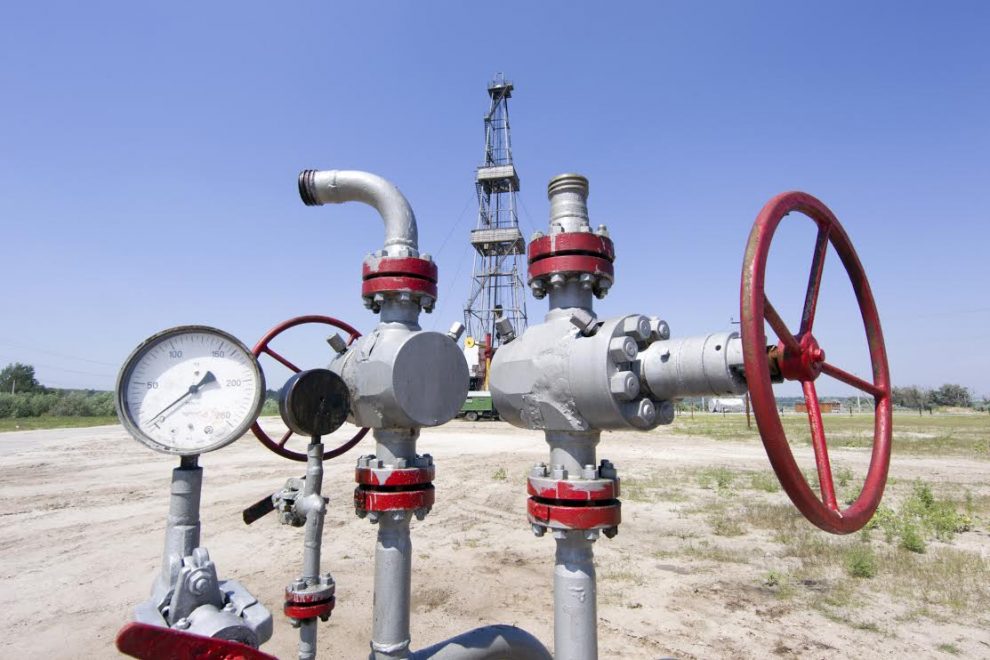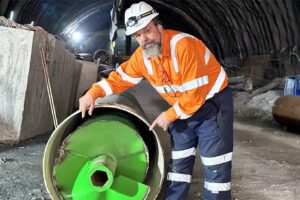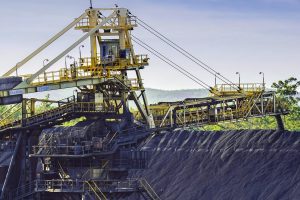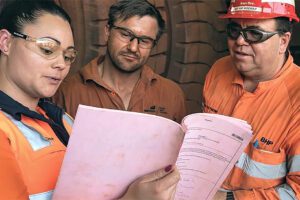Some of the deadliest mining incidents in history have been as the result of gas ignition. From the mining accident at Bulli which killed over 80 miners to the Welsh gas explosion which killed over 400, it’s a serious risk to mining still today despite efforts to minimise the effects.
A gas ignition can trigger a coal dust explosion, which can wreak widespread damage to the mine and any miners in the vicinity. To counteract this risk limestone dust (or other appropriate rock dust) is spread throughout mines to reduce the risk of explosions. This also limits how extensively an explosion will damage the area. This process is referred to as rock dusting.
What makes coal dust explosions unique is they can be triggered independently and a methane gas explosion isn’t always required for a cause. Mining equipment is known for creating sparks and frictional heat, which can ignite coal dust (as well as methane gases), which is why the industry frequently uses water to cool the site.
Firedamp is another serious risk when it comes to gas ignition and this alone has killed thousands of miners over the years. Pockets of methane are accidentally ignited causing an explosion that rips throughout the mine. Despite technological advances to prevent firedamp the most recent deaths due to firedamp were in 2010. 30 men died in a Turkish mine due to firedamp and less than two decades before that the same thing took 263 miners lives in Turkey. Though, two different mines were involved.
This is one reason why using remote-controlled machinery is to be lauded.














An installed ADT Tube Bundle Gas Monitoring System would have given alarms of increasing gas levels long before ignition and explosion is possible, giving time to evacuate or take avoiding action, thus so many lives could have been saved.